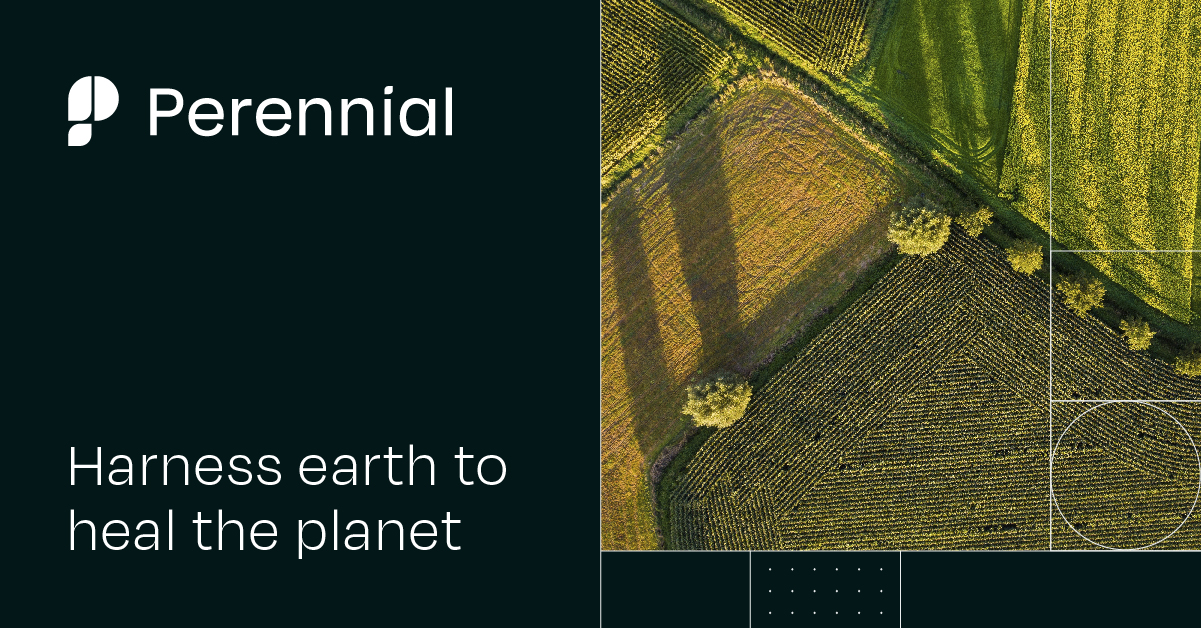Accurately monitoring the greenhouse gas impact of regenerative agriculture requires tools that can quantify carbon deep into the soil. Perennial scientists recently embarked on an in-depth (pun intended) research journey to develop methods for mapping soil organic carbon underground. In a bid to bolster soil health, ecosystem resilience, and global climate mitigation efforts, Perennial's exploration shows that carbon can be mapped in three dimensions at farm and field scales, and that machine learning can play an important role in solving this challenging problem.

The Importance of Mapping Soil Organic Carbon in 3D
At the core of soil health and the growing adoption of regenerative agriculture lies the critical factor of Soil Organic Carbon (SOC). To bolster carbon sequestration efforts in agriculture, it is essential to accurately quantify SOC content in three dimensions, encompassing both lateral landscape distribution and vertical soil profiles. Although the importance of 3D SOC mapping is evident, implementing such comprehensive assessments has been a challenge––soils are extremely diverse, and this variability extends well below the surface.
SOC serves as a catalyst for enhancing soil structure, fertility, and water retention capacity. This natural reservoir contains more carbon than terrestrial vegetation, and about as much as the atmosphere. By elevating SOC levels, the absorption of carbon dioxide from the atmosphere is augmented, underscoring the vital role of soils in addressing climate change. In fact, the most recent IPCC Synthesis Report highlights carbon sequestration in agriculture as one of the top potential areas for climate action.
Accurate baseline SOC maps are indispensable for monitoring changes in SOC for carbon markets and policy incentives. Since SOC content varies spatially across landscapes and with depth in the soil profile (commonly declining exponentially), a comprehensive 3D mapping approach is needed. Such mapping provides crucial insights into the spatial distribution of SOC, leading to improved estimates of SOC stocks and refined land management strategies to foster SOC accumulation.
Perennial’s Exploration of 3D SOC Mapping
Several approaches exist for digital soil mapping in 3D:
- Pseudo-3D: Build separate models for individual depth intervals. Integrate interval predictions to get full profile SOC.
- Parametric functions: Model SOC variation with depth using an exponential or polynomial function. Interpolate function parameters spatially.
- 3D geostatistics: Model the trend and residual components of SOC in 3D. Commonly uses 3D kriging.
- Depth as a predictor variable: Incorporate depth as a predictor variable along with spatial covariates like remote sensing data.
Each approach has advantages and limitations. Pseudo-3D models need different covariates for each depth. Parametric functions may not capture real SOC variation with depth. 3D geostatistics can be computationally demanding. Including depth as a predictor variable is flexible but may lack accuracy in reconstructing profiles. Further, multiple statistical methods and model architectures can be used for each 3D mapping approach, such as linear models, machine learning, or deep learning. The Perennial team set out to determine which combinations of methods yield the best results and have the highest real-world applicability.

This research yielded a few noteworthy results:
- Using depth as a predictor during modeling of SOC produces accurate high-resolution 3D SOC predictions.
- Uncertainty estimates revealed that the XGBoost algorithm resulted in narrower errors than other techniques like generalized additive models (GAMs) or pseudo-3D approaches.
- Aggregating predictions to field scale reduced uncertainty substantially, giving robust 3D SOC information for field and farm-scale applications.
The results support previous research on the effectiveness of soil depth as a model covariate (e.g. Hengl et al., 2017; Sothe et al., 2022) and find that machine learning is a powerful predictive tool for quantifying carbon at depth and at scale.
Driving Change for Sustainable Agriculture
At Perennial, we believe that robust, open science is critical to the success of nature-based carbon markets. While quantifying SOC presents many challenges, we remain unwavering in our pursuit to reduce uncertainty and bridge the gap between data-driven soil mapping and process-based biogeochemical models.
Scaling and improving these technologies provides a pathway to a future where sustainable agriculture thrives and farmers and ranchers are rewarded for their land stewardship, fostering a flourishing planet for generations to come.


















